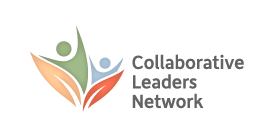Introduce the participants and process, and start building trust and confidence by collaborating on a group charter and amending the process plan to reflect group concerns.
The introduction of participants to one another, and an initial discussion of intentions about the process and about the needs and expectations of individuals, is done with an eye toward building trust and confidence. Having the participants review, discuss, and revise the draft process design—including each phase of the process—is part of that confidence-building process.
In this stage, participants work together on either revising or creating a group charter that serves to guide deliberations, specify intended outcomes, clarify group authority, and address other substantive and procedural issues. It’s important for all members of the group to understand and agree with how the process will work before rushing into deliberations.
The opportunity to see their process concerns reflected in the set of principles that will govern the process further aligns participants with the spirit of collaboration. In this way, the group launch sets the tone and creates expectations for what follows.
Prematurely going to the next stage before participants are ready could undermine confidence in the process.
